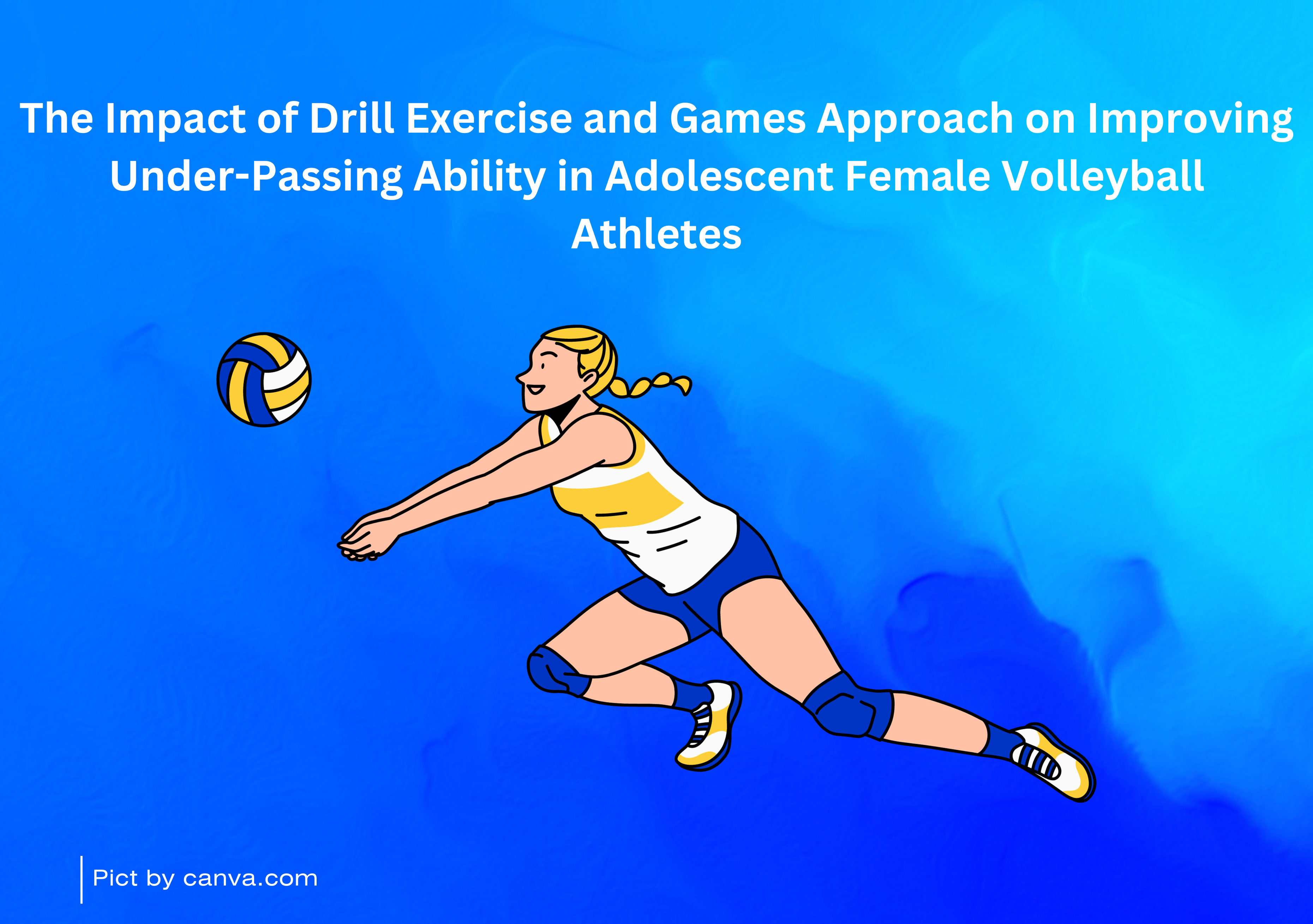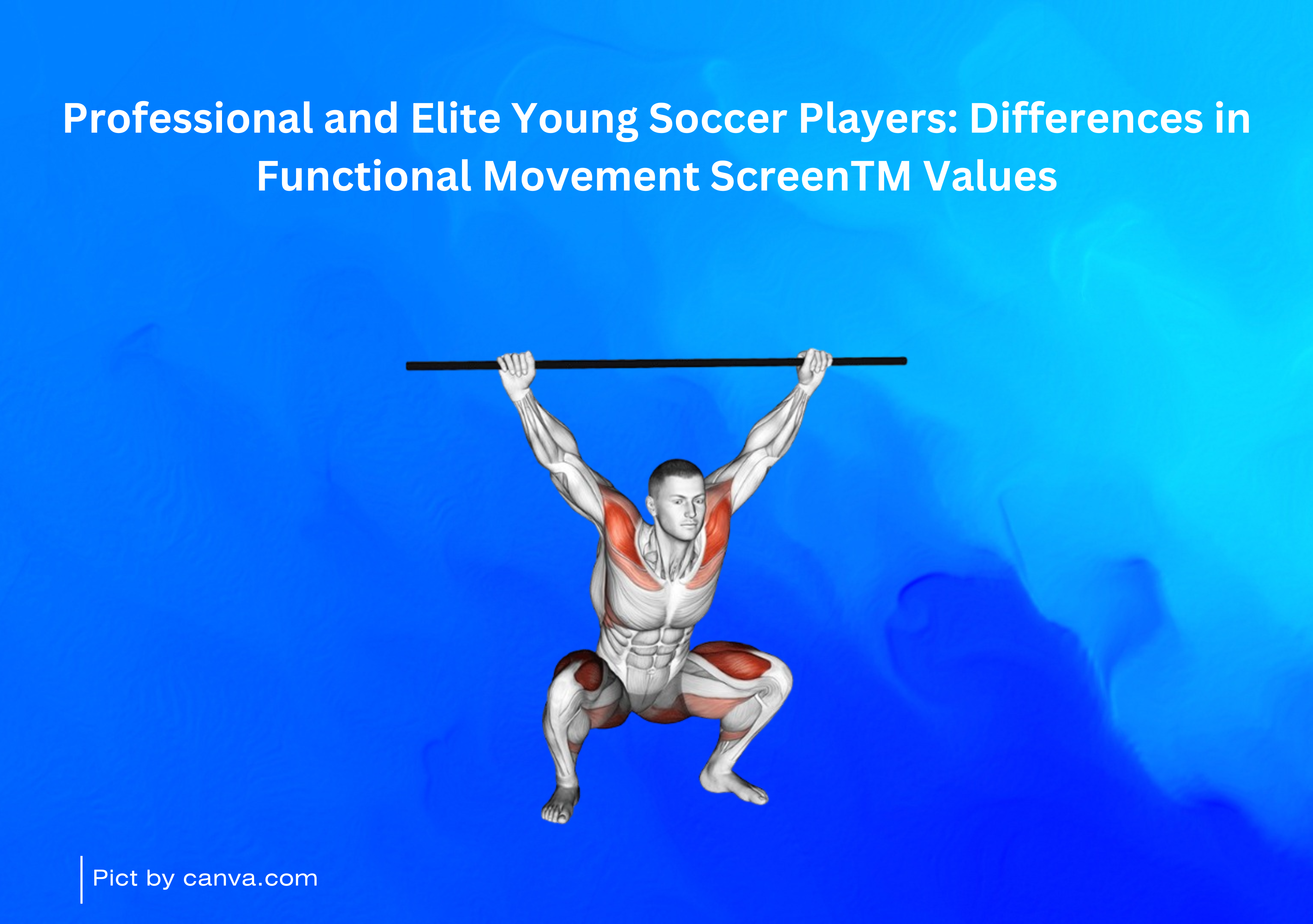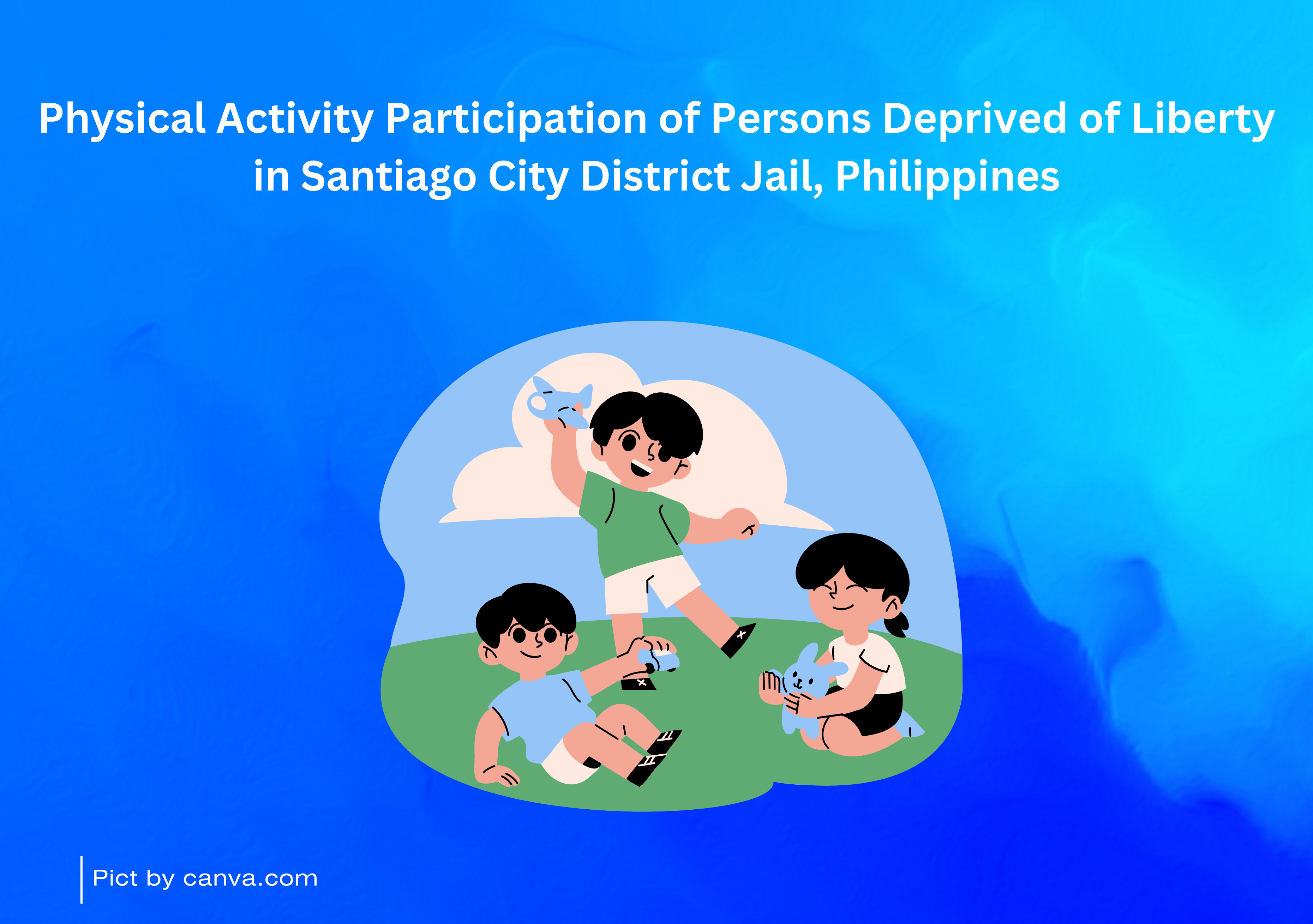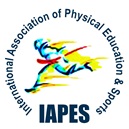Integrating technology in physical education: The impact of TPACK-based tactical and technical approaches on football skills and student motivation

Downloads
Background: Motivation and skill development are vital in physical education, particularly football. Tactical learning emphasizes decision-making and game understanding, while technical learning focuses on mastering fundamental skills.
Objectives: This study aimed to analyze the impact of a TPACK-based tactical and technical learning approach on student motivation and football skill acquisition among high school students in Tasikmalaya.
Methods: The study applied the TPACK framework—integrating Technological, Pedagogical, and Content Knowledge—in designing the learning model. Using an experimental method with a pre-test–post-test design, 30 students were divided into two groups. Motivation was assessed via a Likert-scale questionnaire, while football skills (passing, heading, dribbling, shooting, and playing ability) were evaluated through standardized tests. Data were analyzed using paired and independent t-tests with a significance level of p < 0.05.
Results: The technical approach significantly enhanced basic football skills, notably heading (t = 8.47) and shooting (t = 8.29), proving its effectiveness in improving fundamental competencies. Conversely, the tactical approach showed a notable increase in student motivation (t = 4.98) and playing ability (t = 5.94), reflecting its strength in fostering strategic understanding and engagement. TPACK integration further reinforced both approaches through effective use of technology.
Conclusions: The study highlights the importance of combining tactical and technical approaches to promote holistic student development. Continued research is needed to explore the long-term effects and potential of integrating diverse technological tools in physical education.
Blomqvist, K., Hurmelinna, P., & Seppänen, R. (2005). Playing the collaboration game right - Balancing trust and contracting. Technovation, 25(5), 497–504. https://doi.org/10.1016/j.technovation.2004.09.001
Breed, R., Lindsay, R., Kittel, A., & Spittle, M. (2024). Content and Quality of Comparative Tactical Game-Centered Approaches in Physical Education: A Systematic Review. Review of Educational Research, 00346543241227236. https://doi.org/10.3102/00346543241227236
Casey, A., Goodyear, V. A., & Armour, K. M. (2017). Rethinking the relationship between pedagogy, technology and learning in health and physical education. Sport, Education and Society, 22(2), 288–304. https://doi.org/10.1080/13573322.2016.1226792
Casey, A., & Kirk, D. (2020). Models-based Practice in Physical Education. In Models-based Practice in Physical Education. Routledge. https://doi.org/10.4324/9780429319259
Ford, M. B., & Collins, N. L. (2010). Self-Esteem Moderates Neuroendocrine and Psychological Responses to Interpersonal Rejection. Journal of Personality and Social Psychology, 98(3), 405–419. https://doi.org/10.1037/a0017345
Fraenkel, J., Wallen, N., & Hyun, H. (2011). How to Design and Evaluate Research in Education 10th ed. McGraw-Hill Education.
Gray, K., & Wegner, D. M. (2011). To escape blame, don’t be a hero-Be a victim. Journal of Experimental Social Psychology, 47(2), 516–519. https://doi.org/10.1016/j.jesp.2010.12.012
Harvey, S., & Jarrett, K. (2014). A review of the game-centred approaches to teaching and coaching literature since 2006. Physical Education and Sport Pedagogy, 19(3), 278–300. https://doi.org/10.1080/17408989.2012.754005
Irwin, V., Wang, K., Tezil, T., Zhang, J., Filbey, A., Jung, J., Mann, F. B., Dilig, R., & Parker, S. (2023). Report on the Condition of Education 2023. NCES 2023-144. National Center for Education Statistics. https://eric.ed.gov/?id=ED612942
Kirk, D., & MacPhail, A. (2002). Teaching Games for Understanding and situated learning: Rethinking the Bunker-Thorpe model. Journal of Teaching in Physical Education, 21(2), 177–192. https://doi.org/10.1123/jtpe.21.2.177
Kurtaran, B., Kuscu, F., Korkmaz, P., Ozdemir, B., Inan, D., Oztoprak, N., Ozatag, D. M., Daglı, O., Birengel, S., Ozdemir, K., Aslaner, H., Ulu, A., Sehmen, E., Erol, S., Kızmaz, Y. U., Durmuş, G., Işık, M. E., Solay, A. H., Komur, S., … Tasova, Y. (2020). A snapshot of geriatric infections in Turkey: ratio of geriatric inpatients in hospitals and evaluation of their infectious diseases: A multicenter point prevalence study. International Journal of Infectious Diseases, 100, 337–342. https://doi.org/10.1016/j.ijid.2020.08.046
Light, R., & Fawns, R. (2003). Knowing the game: Integrating speech and action in games teaching through tgfu. Quest, 55(2), 161–176. https://doi.org/10.1080/00336297.2003.10491797
Light, R. L., Harvey, S., & Mouchet, A. (2014). Improving “at-action” decision-making in team sports through a holistic coaching approach. Sport, Education and Society, 19(3), 258–275. https://doi.org/10.1080/13573322.2012.665803
McClelland, D. C., & Burnham, D. H. (2017). Power is the great motivator. In Leadership Perspectives. Harvard Business Review Press. https://doi.org/10.4324/9781315250601-20
Memmert, D., & Harvey, S. (2008). The Game Performance Assessment Instrument (GPAI): Some concerns and solutions for further development. Journal of Teaching in Physical Education, 27(2), 220–240. https://doi.org/10.1123/jtpe.27.2.220
Metzler, M. (2017). Instructional Models in Physical Education. Routledge. https://doi.org/10.4324/9781315213521
Metzler, M., & Colquitt, G. (2021). Instructional models for physical education. Routledge. https://doi.org/10.4324/9781003081098
Mishra, P., & Koehler, M. J. (2006). Technological pedagogical content knowledge: A framework for teacher knowledge. Teachers College Record, 108(6), 1017–1054. https://doi.org/10.1111/j.1467-9620.2006.00684.x
Nusri, A., Prima, A., Ardi, N. F., Ockta, Y., Setiawan, Y., Orhan, B. E., Adrian, V., Medan, U. N., & Padang, U. N. (2024). Design of basic football skills test instrument for university students Diseño de instrumento de prueba de habilidades básicas de fútbol para estudiantes universitarios. Retos, 2041(59), 649–657.
O’Connor, D., Larkin, P., & Williams, A. M. (2017). What learning environments help improve decision-making? Physical Education and Sport Pedagogy, 22(6), 647–660. https://doi.org/10.1080/17408989.2017.1294678
Oslin, J. L., Mitchell, S. A., & Griffin, L. L. (1998). The Game Performance Assessment Instrument (GPAI): Development and preliminary validation. Journal of Teaching in Physical Education, 17(2), 231–243. https://doi.org/10.1123/jtpe.17.2.231
Renshaw, I., Davids, K., Araújo, D., Lucas, A., Roberts, W. M., Newcombe, D. J., & Franks, B. (2019). Evaluating weaknesses of “perceptual-cognitive training” and “brain training” methods in sport: An ecological dynamics critique. Frontiers in Psychology, 9(JAN), 2468. https://doi.org/10.3389/fpsyg.2018.02468
Wright, L. J., Williams, S. E., & Veldhuijzen van Zanten, J. J. C. S. (2021). Physical Activity Protects Against the Negative Impact of Coronavirus Fear on Adolescent Mental Health and Well-Being During the COVID-19 Pandemic. Frontiers in Psychology, 12, 580511. https://doi.org/10.3389/fpsyg.2021.580511
Yildiz, G., Yildirim, A., Akça, B. A., Kök, A., Özer, A., & Karataş, S. (2020). Research trends in mobile learning. International Review of Research in Open and Distributed Learning, 21(3), 175–196. https://doi.org/10.19173/irrodl.v21i3.4804
Copyright (c) 2025 Defri Mulyana, Adang Suherman, Komarudin Komarudin, Bambang Abduljabar, Fegie Rizkia Mulyana

This work is licensed under a Creative Commons Attribution-ShareAlike 4.0 International License.
























